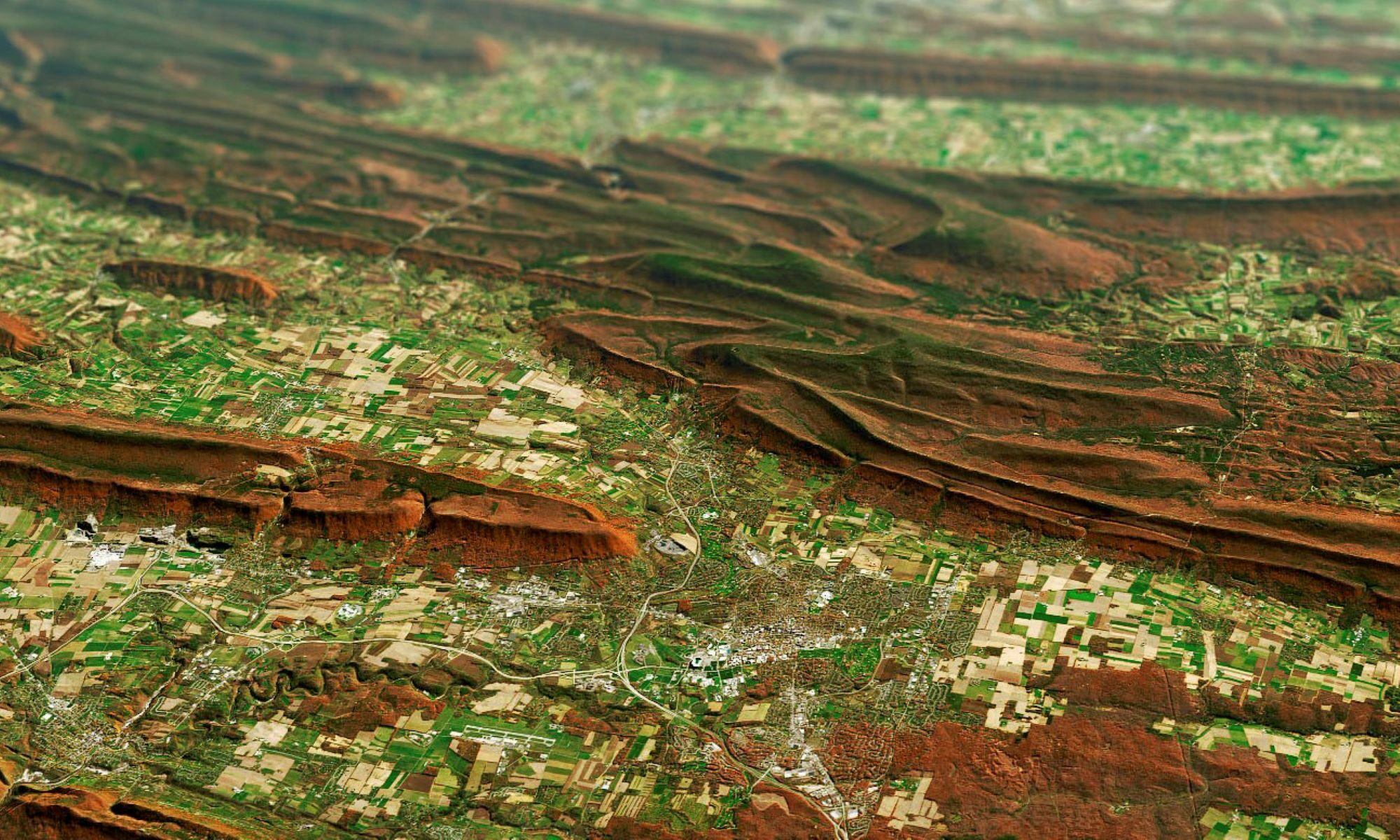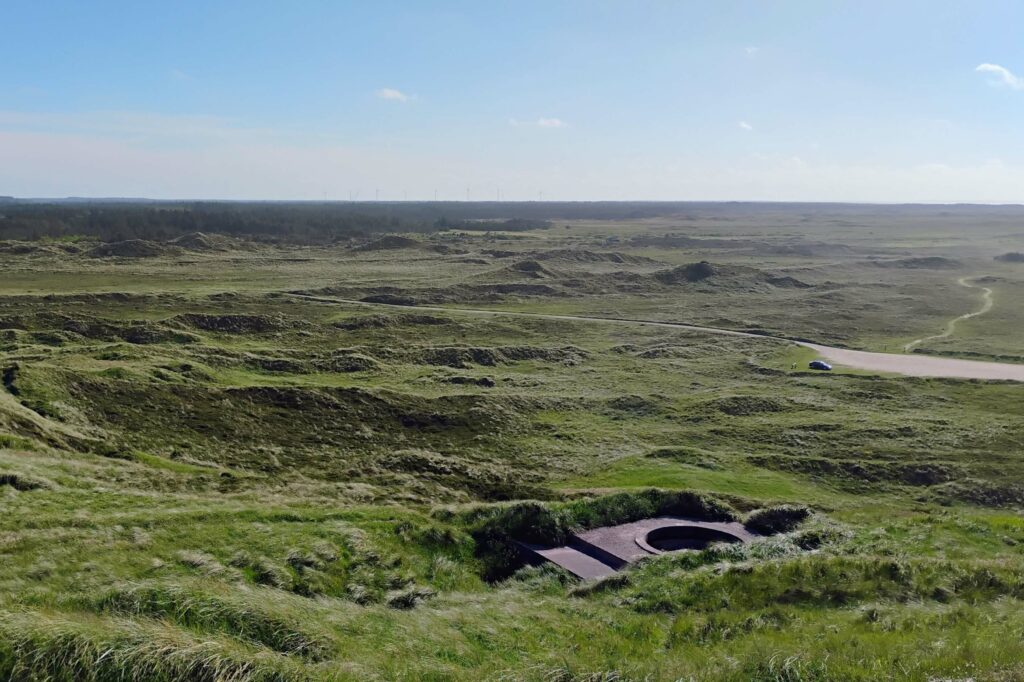
Social-ecological modeling of landscape systems
Patterns of land use reflect relationships between human societies and the ecological basis they depend on, offering insights into long term social-ecological system dynamics.
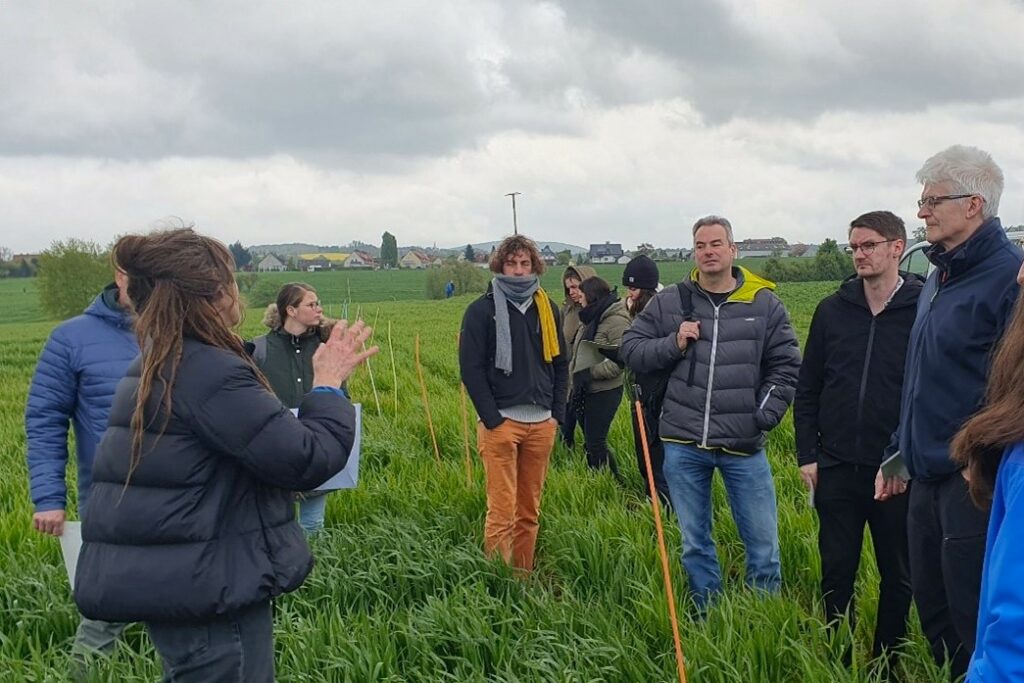
Crop diversification through intercropping
Intercropping strategies require less agronomic inputs while delivering other ecosystem services and public goods.
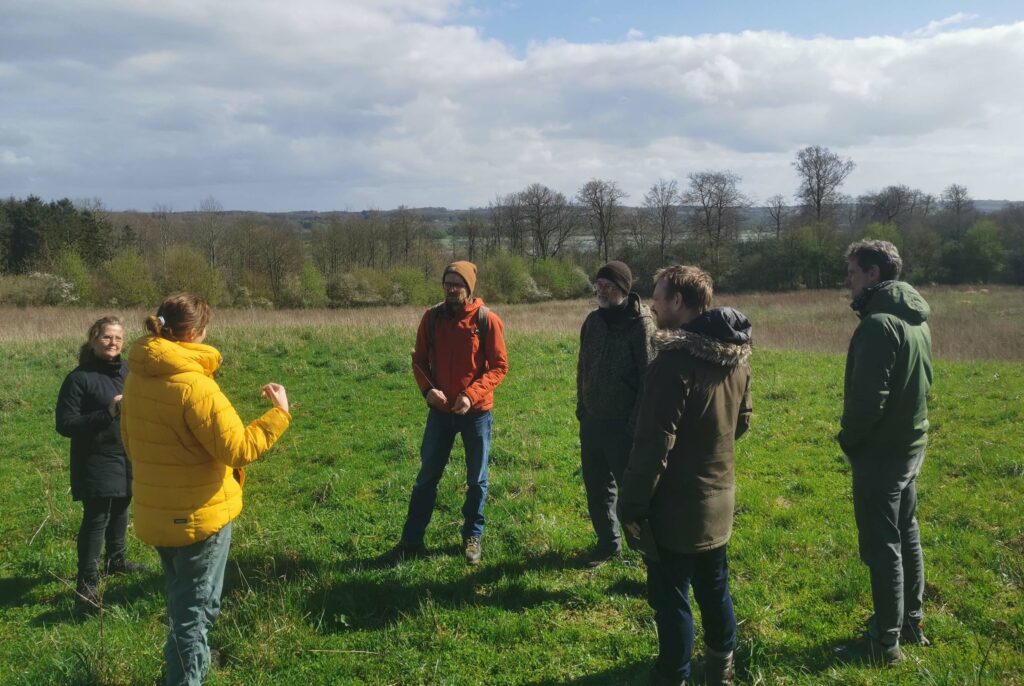
Sustainable land use transitions
Reform of land use institutions may help secure continuous production of food, fibre and other ecosystem services in healthy, biodiverse landscapes.

Grain legumes as smart environmentally adaptive crops
Driven by agrochemicals, government policies, and market forces, grain legumes are overlooked in cereal dominated landscapes
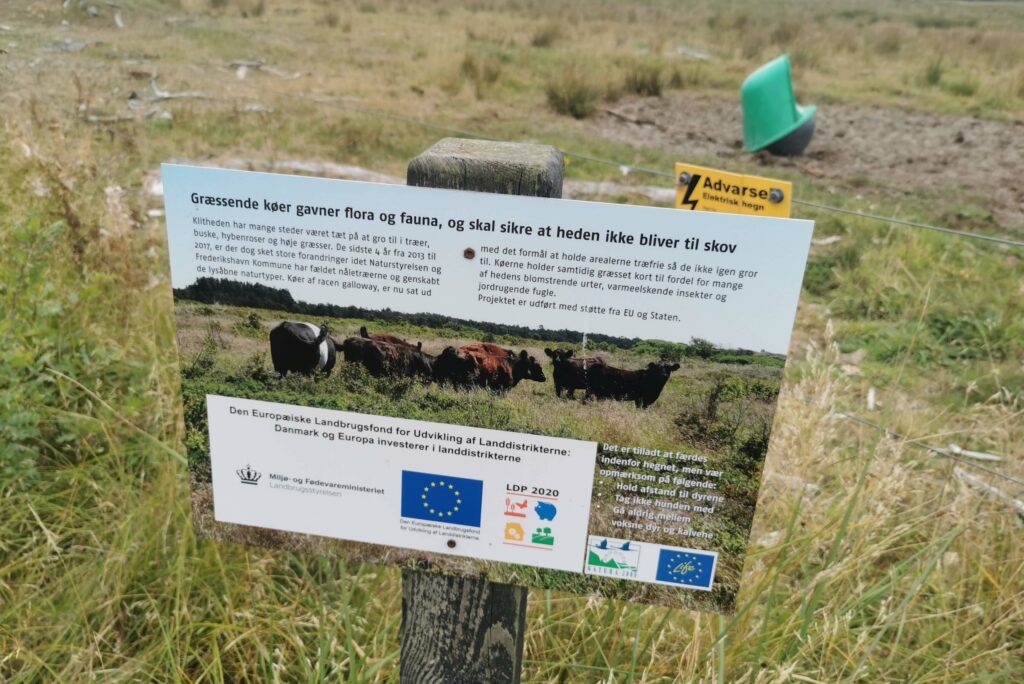
Decision making, power and cooperation in political landscapes
Politics and power relationships are integral to the way humans organise themselves, including how access to land is experienced, shared and contested.
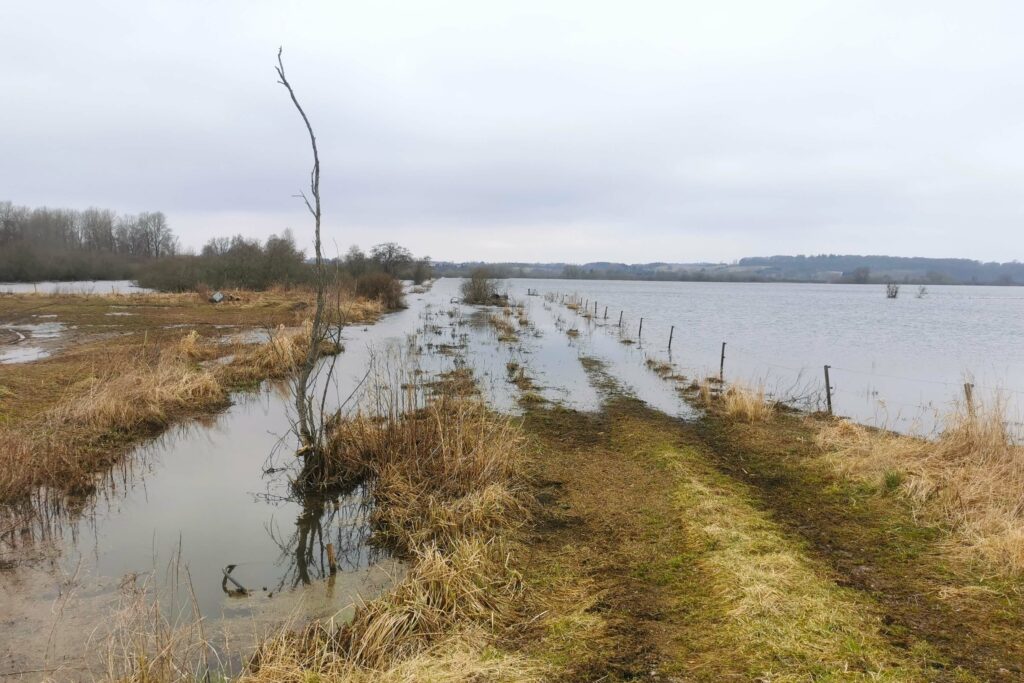
Climate adaptation and resilience in rural land-scapes and communities
Agriculture, forestry and other land uses (afolu) is an important component of successful transition processes delivering on national and international agendas on climate change and biodiversity.
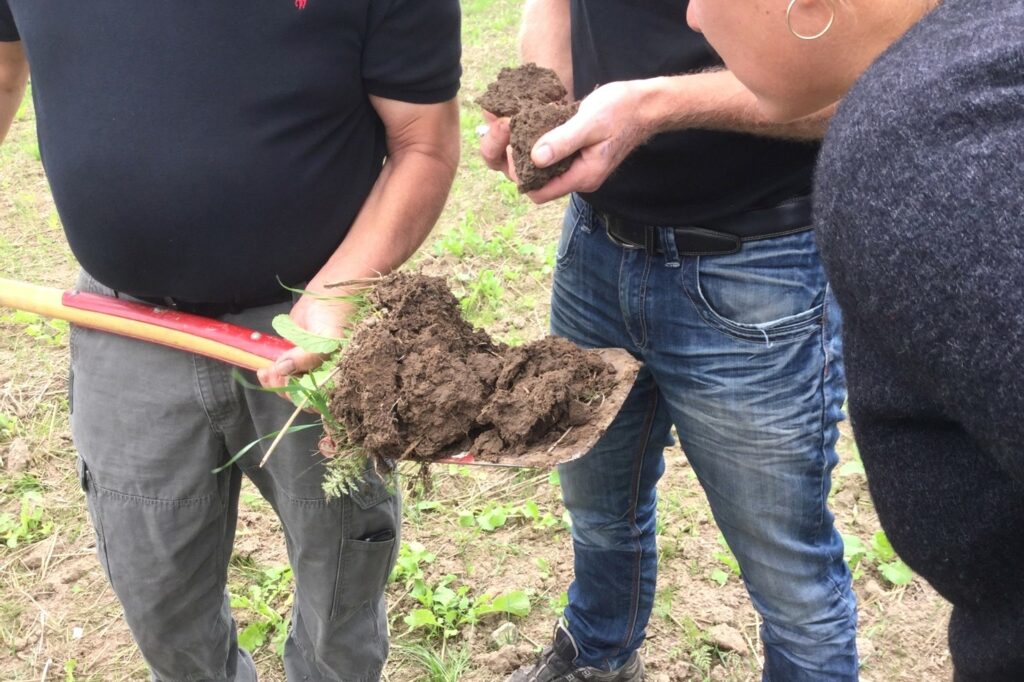
Agroecology principles as transition agent
Agroecological principles and practices can serve as catalysts for transforming dominating, often industrialized, farming systems and value chain logics.

Fork-to-farm food and land use diversification
Policy frameworks support dietary choices enhancing health and environmental outcomes creating market pulls for land use change
Image credits: The authors (see subpages). Header image: NASA Earth Observatory images by Joshua Stevens, using Landsat data from the U.S. Geological Survey and data from NASA/METI/AIST/Japan Space Systems, and the U.S./Japan ASTER Science Team

